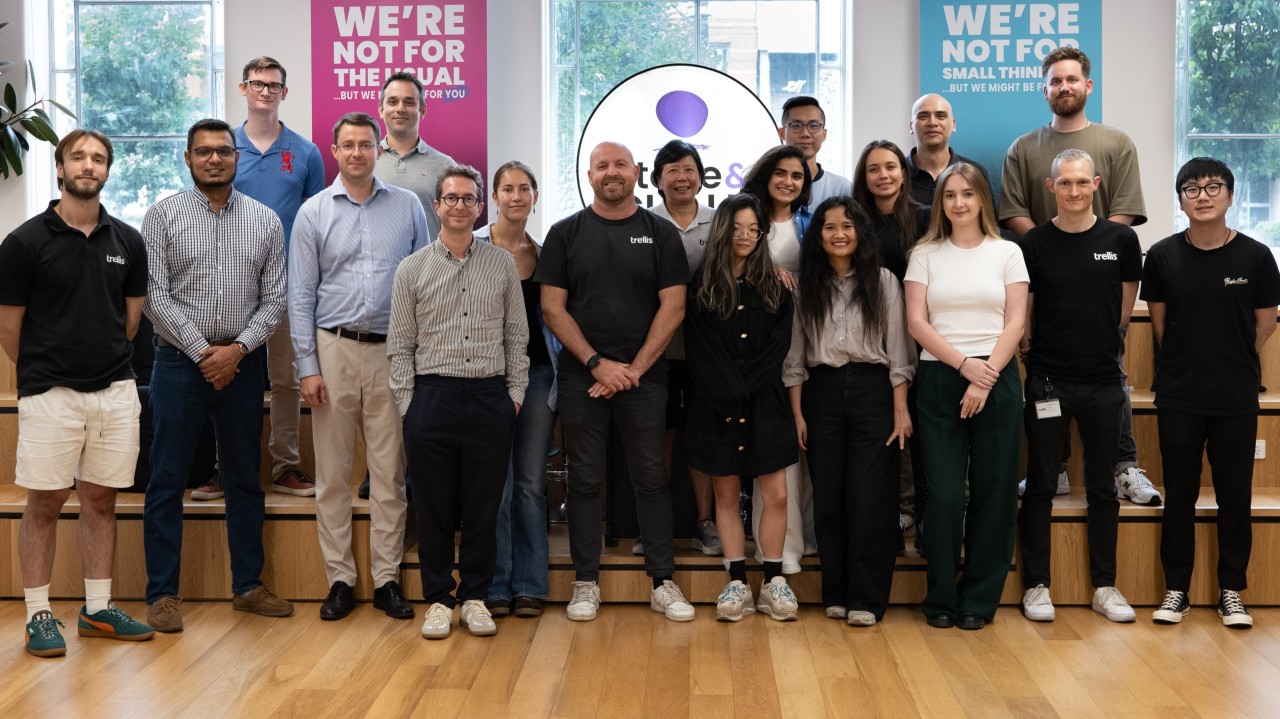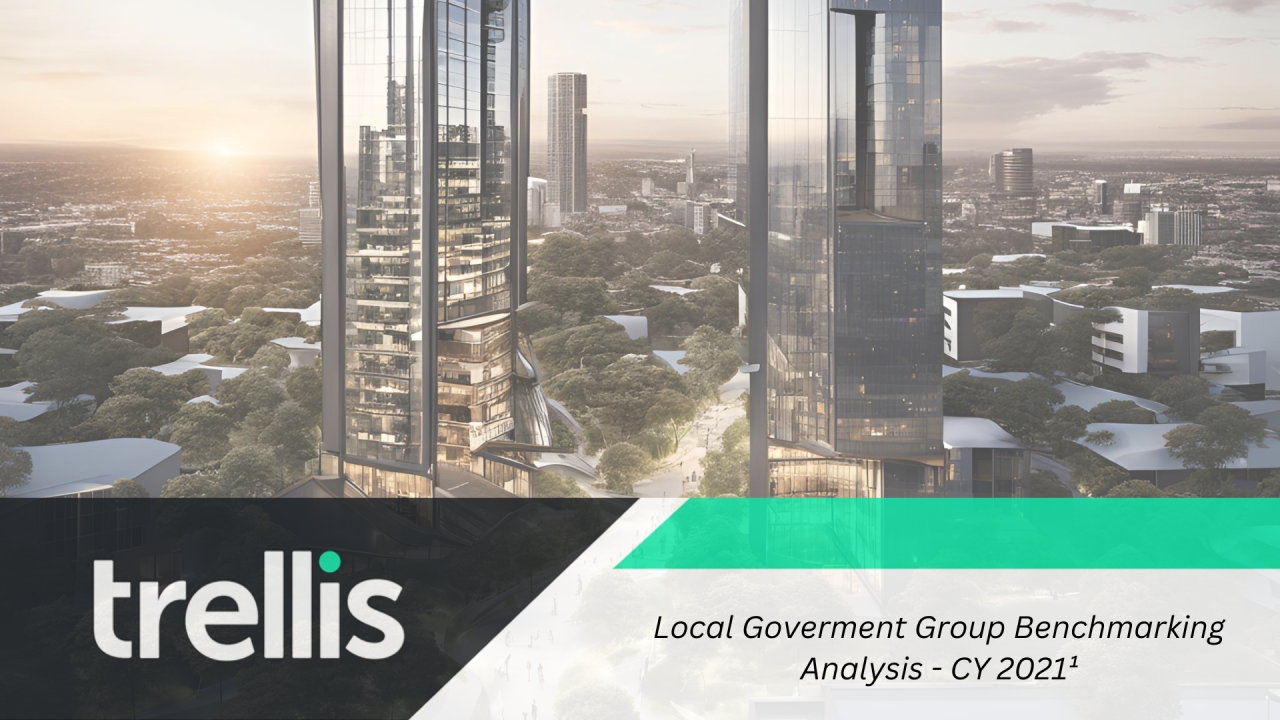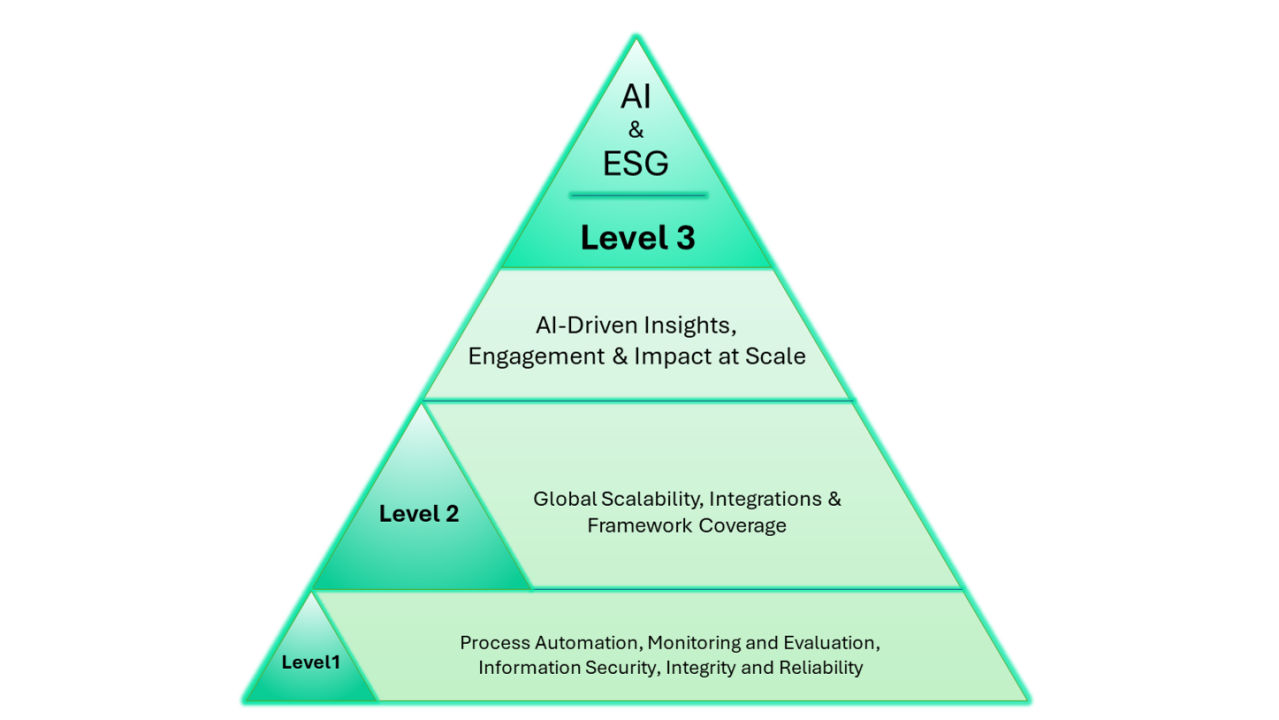Australian Sustainability Reporting Standards (AASB S2) & The ESG Digital Transformation with Trellis Technologies.
In a world of ever-increasing demand for transparency and governance in climate and broader ESG related matters, I have a strong argument for digitising your end-to-end data capture and reporting across your organisation... Now.

Integrate your CRM with other tools
Lorem ipsum dolor sit amet, consectetur adipiscing elit lobortis arcu enim urna adipiscing praesent velit viverra sit semper lorem eu cursus vel hendrerit elementum morbi curabitur etiam nibh justo, lorem aliquet donec sed sit mi dignissim at ante massa mattis.
- Neque sodales ut etiam sit amet nisl purus non tellus orci ac auctor
- Adipiscing elit ut aliquam purus sit amet viverra suspendisse potenti
- Mauris commodo quis imperdiet massa tincidunt nunc pulvinar
- Adipiscing elit ut aliquam purus sit amet viverra suspendisse potenti
How to connect your integrations to your CRM platform?
Vitae congue eu consequat ac felis placerat vestibulum lectus mauris ultrices cursus sit amet dictum sit amet justo donec enim diam porttitor lacus luctus accumsan tortor posuere praesent tristique magna sit amet purus gravida quis blandit turpis.

Techbit is the next-gen CRM platform designed for modern sales teams
At risus viverra adipiscing at in tellus integer feugiat nisl pretium fusce id velit ut tortor sagittis orci a scelerisque purus semper eget at lectus urna duis convallis. porta nibh venenatis cras sed felis eget neque laoreet suspendisse interdum consectetur libero id faucibus nisl donec pretium vulputate sapien nec sagittis aliquam nunc lobortis mattis aliquam faucibus purus in.
- Neque sodales ut etiam sit amet nisl purus non tellus orci ac auctor
- Adipiscing elit ut aliquam purus sit amet viverra suspendisse potenti venenatis
- Mauris commodo quis imperdiet massa at in tincidunt nunc pulvinar
- Adipiscing elit ut aliquam purus sit amet viverra suspendisse potenti consectetur
Why using the right CRM can make your team close more sales?
Nisi quis eleifend quam adipiscing vitae aliquet bibendum enim facilisis gravida neque. Velit euismod in pellentesque massa placerat volutpat lacus laoreet non curabitur gravida odio aenean sed adipiscing diam donec adipiscing tristique risus. amet est placerat.
“Nisi quis eleifend quam adipiscing vitae aliquet bibendum enim facilisis gravida neque velit euismod in pellentesque massa placerat.”
What other features would you like to see in our product?
Eget lorem dolor sed viverra ipsum nunc aliquet bibendum felis donec et odio pellentesque diam volutpat commodo sed egestas aliquam sem fringilla ut morbi tincidunt augue interdum velit euismod eu tincidunt tortor aliquam nulla facilisi aenean sed adipiscing diam donec adipiscing ut lectus arcu bibendum at varius vel pharetra nibh venenatis cras sed felis eget.
Why listen to me?
Prior to Co-founding and launching Trellis Technologies in 2018, a software and data platform that sets out to solve the ESG data challenge, at scale, I was a technical auditor, registered with the Clean Energy Regulator (CER) for NGER Act an National Carbon Offset Standard (NCOS) (predecessor to Climate Active) assurance.
Years of audit experience across organisations from open cut coal mines to airlines and everything in-between, equipped me with an intimate understanding of the data challenge organisations faced, when compiling audit ready reporting. Let alone managing the problem.
Today, armed with a team of software, data and AI genius(s), we’re already some 30,000 facilities deep across Australia and New Zealand in ESG data transformation, validation and reporting. It’s a humbling feeling considering the scale we’re achieving and what we’ve learnt about the challenge and the opportunities in the ESG digital transformation journey.
With what is now literally days before the ASSB S2 Standards https://standards.aasb.gov.au/aasb-s2-sep-2024 come into effect on January 1st, we’re here to share our learnings and give your organisation and team, the automation, scalability and data governance it needs.
We’ve learnt fundamentally, that getting our customers up and across the ESG digital transformation curve (see below) will deliver high levels of automation, scalability, interaction and confidence. Not to mention the granular day to day insights that help you course correct and adjust.

Scattered throughout the ASRS S2 and S1 is a range of requirements, encapsulating governance, strategy, risk management, metrics and targets.
In this article, let’s consider some of the immediate and tangible gains from an effective digital transformation with regard to your organisation's alignment and compliance with ASRS S2 and S1.
1. Greenhouse gas emissions - Scope 1, 2 and 3
Implementing an automated system of data collection, validation and reporting from preferably financial grade activity data such as billing and other sources related to Scope 1, 2 and 3 emissions is paramount. Automation being the key, as manual time spent on collation and transcription is error prone and resource inefficient. This system must be supplier and data structure type agnostic. Scope 1, 2 and eventually 3, underpin much of ASRS, as well as any other related standard and legislation.
Scope 1, 2 and 3 emissions numbers are the aggregation all activities happening across your organisation. This is where tangible gains can be made.
2. Climate-related risks and opportunities – amount of capital expenditure ($), financing or investment deployed towards climate related risks and opportunities
To be able to accurately report efforts to reduce impact and spend and ultimately return on investment (ROI) will be critical. You want to tell your story at multiple levels and know that capital deployment is ultimately working as expect in relation to reducing emissions, unit consumption, waste and ultimately spend.
Using utility billing to link consumption (units), cost ($), energy (GJ) and GHG (tonne CO₂-e) to track changes across all metrics based on targets is key to understanding the op-ex cost impacts, preferably downwards across ALL Scopes and the activities that underpin them.
3. Build internal understanding and improve timeliness and insights into impact and spend
Intercepting continuous data, validating this data for completeness and representation, as well as flagging anomalies and exceptions makes good business sense. It avoids the reporting period scramble and enables a continuous realisation of anomaly detection, exception handling and other insights continuously throughout the year. It makes you agile in an everchanging landscape.
4. Internalising carbon price - $ per metric tonne CO₂-e
Putting a price on carbon is an impactful way to internalise the true cost, or in economic terms, to realise the externality, in this case your organisations emissions.
5. Good Governance
Audit readiness – Two key focus areas for audit are firstly ensuring accurate representation of your emissions generating activities and second, checking completeness of the data related to those activities. Trellis can track your meter connections and dis-connections along with extensive data gap detection and reporting. Importantly, Trellis links activity and source data to calculations, which can help with audit sampling and provides transparency.
Removing key person risk – Having a digital approach ensures staff changes are of minimal impact to the organisation and that business continuity can be maintained with consistent reporting constructs.
Security – Ensuring adequate protections for sensitive data is difficult to achieve in multiple spreadsheets, files and locations. Centralising and securing access is a critical consideration to protect your organisation from being exposed to a data breach of any sort.
We'd like to be a part of your sustainability journey and show you how to unlock ROI along the way. I hope you found this article helpful. If you’d like to understand more, book a time with Trellis Technologies.










